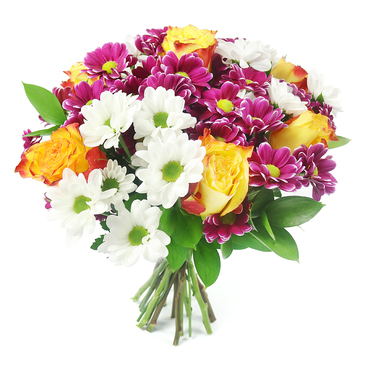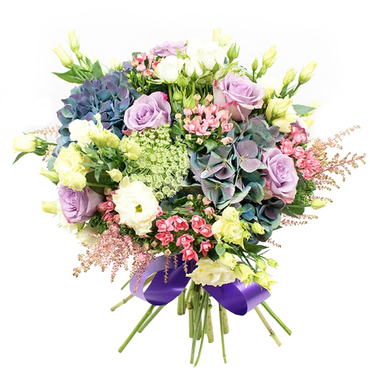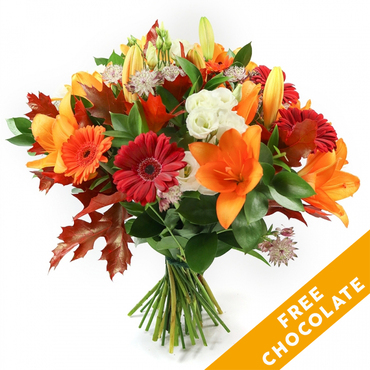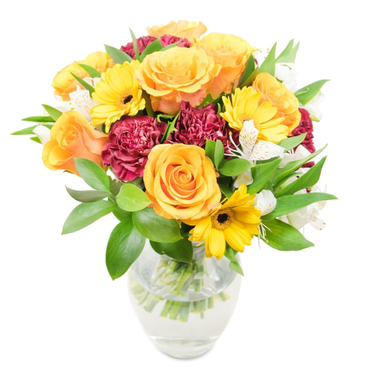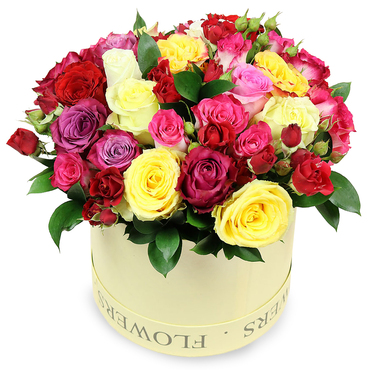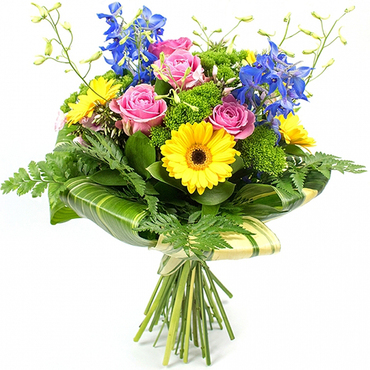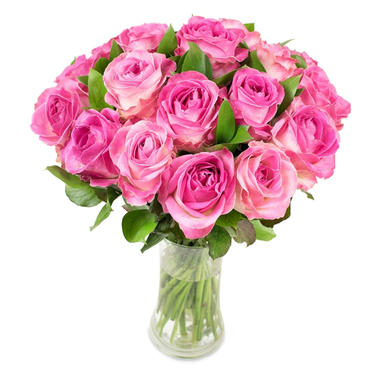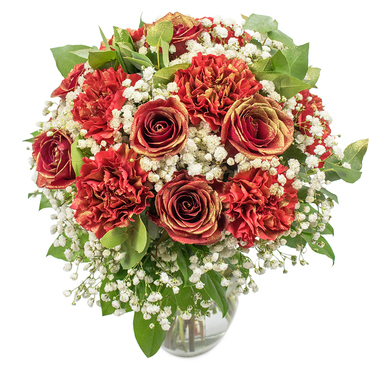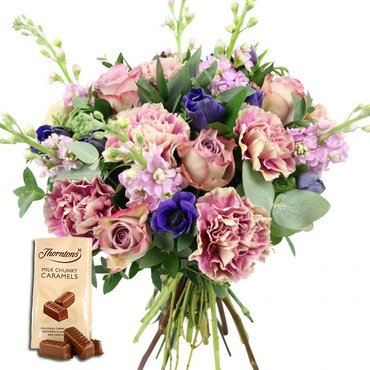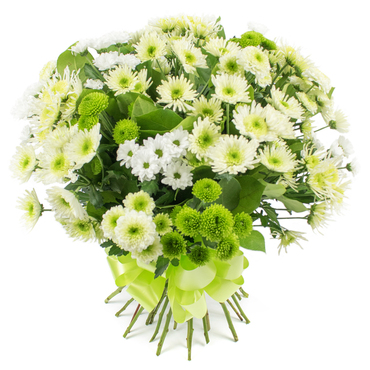Flower Adornments
Posted on 25/10/2025
Flower Adornments: An Exquisite Touch to Any Occasion
The Timeless Beauty of Flower Adornments
Flower adornments have graced numerous occasions, from weddings to festivals, and even everyday settings. The timeless beauty and intricate details of flower arrangements make them an indispensable part of our culture and traditions. These adornments come in various forms--bouquets, garlands, wreaths, and more--each bringing its unique charm and elegance.
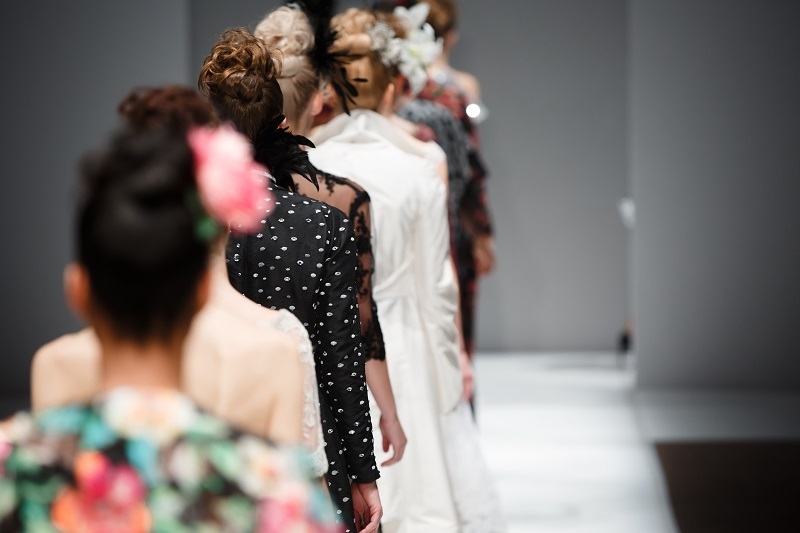
Types of Flower Adornments
Bouquets
Bouquets are perhaps the most recognizable form of flower adornment. Often used in weddings, formal gatherings, and romantic gestures, bouquets can range from simple bunches of flowers to elaborate arrangements. They can be tailored to fit any theme or color scheme, adding a touch of natural beauty to any event.
Garlands
Garlands are a series of flowers and leaves strung together. These are often used in festivals, weddings, and religious ceremonies. They can be draped over structures, worn as headpieces, or used to decorate animals and objects. The garlands' flexibility makes them an excellent choice for creative expressions.
Wreaths
Wreaths are circular arrangements of flowers and leaves, symbolizing eternity and continuity. They are commonly seen during holidays like Christmas but can be used year-round for door decorations or ceremonial purposes.
Corsages and Boutonnieres
Corsages (worn by women) and boutonnieres (worn by men) are small adornments often given to guests at weddings and formal events. These small floral pieces add a special touch and can be customized to match the theme and colors of the event.
Benefits of Flower Adornments
Aesthetic Appeal
One of the primary benefits of flower adornments is their aesthetic appeal. They add a natural, vibrant element to any setting and can be used to create a range of moods, from serene to festive.
Emotional Impact
Flowers have a proven impact on human emotions. They can uplift moods, reduce stress, and evoke feelings of happiness and contentment. This makes them an excellent addition to any event aimed at creating a positive atmosphere.
Cultural Significance
In many cultures, flowers hold symbolic meanings and are integral to various rituals and ceremonies. Using flower adornments can thus add cultural depth and authenticity to events.
Challenges of Flower Adornments
Perishability
One of the main drawbacks of using flowers is their perishability. Fresh flowers have a limited lifespan, which can be a challenge when planning events that span several days.
Cost
High-quality flowers can be expensive, especially if they're out of season or need to be imported. This can add a significant cost to event planning.
Allergies
Some people are allergic to certain types of flowers, which can be an issue in public or shared spaces. It's always a good idea to be aware of potential allergens when choosing flowers for an event.
Tips for Using Flower Adornments
- Choose seasonal flowers to reduce costs and ensure freshness.
- Mix and match different types and colors to create visual interest.
- Consider the setting and choose flowers that complement the surroundings.
- Use floral foams or water tubes to extend the lifespan of the arrangements.
- Always consult with a professional florist for large events to ensure quality and coordination.

Takeaways
Flower adornments add elegance, beauty, and emotional depth to any occasion. Despite their perishability and potential cost, their aesthetic and emotional benefits make them a worthy investment for many events.
Conclusion
Flower adornments are a time-honored way to enhance the beauty and significance of any occasion. While they come with challenges like perishability, cost, and potential allergens, their benefits often outweigh these drawbacks. By following some simple tips, you can ensure that your flower arrangements are both beautiful and durable. Whether it's a wedding, festival, or everyday setting, flower adornments offer a timeless way to add elegance and beauty to our lives.
Pros:
- Aesthetic appeal
- Emotional impact
- Cultural significance
Cons:
- Perishability
- Cost
- Allergies





